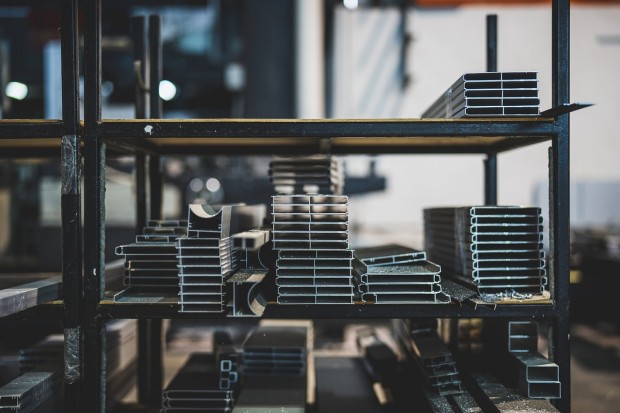The possibility of rust developing on steel increases when subjected to various weather conditions. On the other hand, were you aware that certain kinds of steel resist the formation of rust? Gain a deeper understanding of this galvanized steel that is ideal for the project you are working on outside.

(Photo : Pixabay/THAM YUAN YUAN)
1. Durable
When it comes to corrosion protection, galvanized coatings are among the most long-lasting options currently available on the market. A coating with an average thickness of 85 microns, the same thickness as a sheet of A4 paper, can safeguard a steel structure for the better part of a century.
2. Sustainable
There is a relatively minimal environmental load associated with galvanizing in terms of energy and other internationally significant aspects, which allows it to provide long-term durability. As mentioned, it has been established in several studies that the recurrent maintenance painting of steel structures is connected with considerable expenses, both economically and environmentally. Early investment in long-term protection can significantly lessen the burdens associated with these situations. Moreover, leaving a detrimental economic legacy of repeated maintenance expenditures can result from a failure to pay attention to appropriate corrosion protection.
3. Reliable
Galvanizing steel is the most dependable method of protecting against corrosion for various reasons. To begin, galvanizing is a process that may be replicated since it is a natural metallurgical reaction. This reaction occurs when clean steel is introduced into molten zinc at a high temperature. Accordingly, the metallurgical bond established through galvanizing is not only a chemical or mechanical bond; it is a bond that becomes a part of the steel itself, in contrast to being a paint coating.
Also Read: Safety Tips in Operating Heavy Equipment: 8 Tips Every Worker Must Know
4. Corrosion Resistant
The fundamental benefit of using galvanized steel is its increased resistance to corrosion. The zinc coating works as a sacrificial anode, taking the hit when corrosion tries to start. Placing the zinc at the corrosion interface prevents the steel from deteriorating, prolonging its service life.
5. Cost-Effective
With its resilience and longevity, galvanized steel is a cost-effective solution in the long run, even though its initial cost may be higher than that of other materials. A reduction in the required maintenance and replacement results in significant cost savings over time. Those that utilize galvanized metal goods for their operations have the advantage of spending less money on coating materials. This is because galvanized metal protects against corrosion. Their galvanized goods will likewise be of high quality, and they won't have to invest further in secondary or post-processing procedures to achieve this.
6. Low Maintenance
The maintenance of mill-finished steel may involve activities that require a significant amount of time. Because this particular type of metal contains a large amount of iron, it is only sometimes guaranteed to be corrosion-resistant. Therefore, every industry that depends on steel or iron must regularly perform routine maintenance procedures. These treatments may include painting or adding a dry coating to safeguard the material. On the other hand, in contrast to these different coatings, galvanizing significantly reduces the maintenance required because relatively little is needed to guarantee the quality of galvanized coatings.
7. Can Be Inspected Easily
The inspection of galvanized coatings is simple and does not require the use of any particularly complicated machinery. Manufacturers or fabricators of metals who are interested in using galvanized metals for installation can already rely on visual inspections. Additionally, a variety of nondestructive testing techniques can be utilized to ensure the material conforms to galvanizing standards, thereby enhancing quality assurance.
Related Article: Eco-Friendly Architecture: Top 6 Sustainable Buildings Around the World







